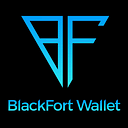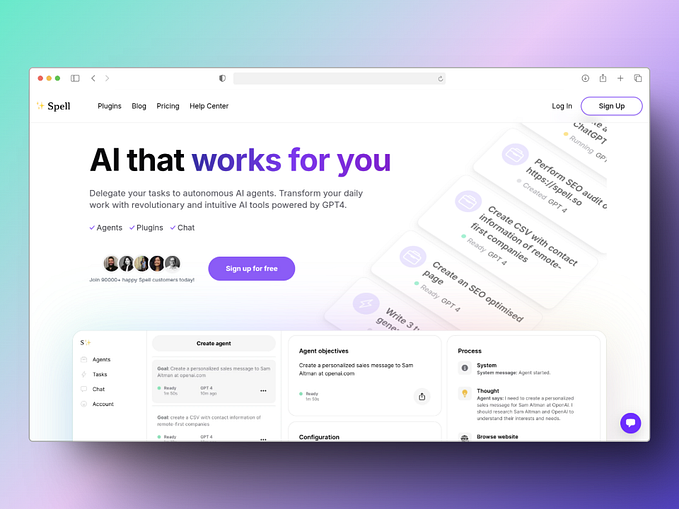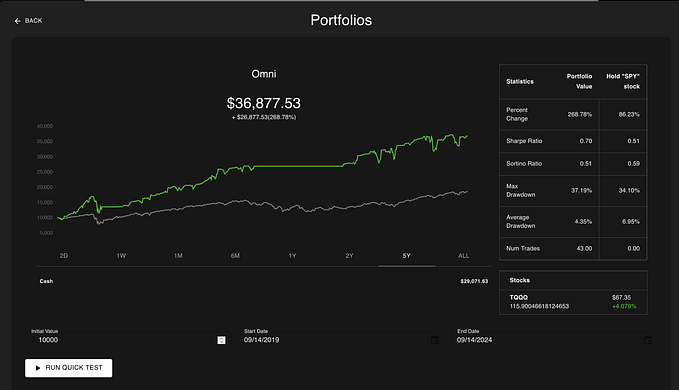
In recent years, the concept of asset tokenization has gained significant traction, revolutionizing the way we perceive and manage assets. From real estate and art to stocks and bonds, almost anything can now be tokenized, offering unprecedented liquidity, accessibility, and security.
However, as this trend accelerates, the demand for fast and scalable blockchain networks becomes increasingly critical.
This article explores the rise of asset tokenization, the necessity for robust blockchain infrastructure, and how Blackfort is positioning itself as a leader in this transformative space.
THE RISE OF ASSET TOKENIZATION
Asset tokenization, the process of converting physical and intangible assets into digital tokens on a blockchain, is revolutionizing the financial landscape. By 2027, tokenized markets could potentially be worth as much as $24 trillion, representing 10% of global GDP, according to an analysis by HSBC. This growth is driven by the ability of tokenization to increase liquidity, transparency, and accessibility in various asset classes, including real estate, art, and commodities.
Asset tokenization is gaining momentum across various sectors. For instance, financial institutions and regulatory bodies are increasingly recognizing the benefits of tokenization. In Asia-Pacific, countries like Japan, Hong Kong, and Singapore are issuing guidelines and creating sandboxes to facilitate the growth of tokenized securities.
Recent trends highlight the explosive growth of asset tokenization. This growth is driven by the inherent advantages of tokenization, such as enhanced liquidity, reduced transaction costs, and increased transparency. Tokenization enables fractional ownership, making high-value assets more affordable and liquid, while blockchain’s immutable ledger ensures the authenticity and traceability of transactions.
THE NEED FOR FAST AND SCALABLE BLOCKCHAINS
Despite its promise, asset tokenization presents significant challenges, primarily related to the underlying blockchain infrastructure. Traditional blockchains, such as Bitcoin and Ethereum, struggle with scalability and speed, which are critical for handling the increasing volume and complexity of tokenized assets.
Scalability refers to a blockchain’s ability to handle a growing number of transactions. As more assets are tokenized and traded, the network must process these transactions quickly and efficiently. Slow transaction times and high fees, common in older blockchain networks, can hinder the widespread adoption of asset tokenization.
Moreover, speed is essential to ensure a seamless user experience. In financial markets, even a slight delay can lead to significant losses or missed opportunities. Therefore, blockchain networks must be capable of processing transactions in real time to meet the demands of high-frequency trading and other time-sensitive applications.
BLACKFORT’S APPROACH TO BLOCKCHAIN SCALABILITY
Blackfort, a cutting-edge blockchain platform, is addressing these challenges head-on. By focusing on scalability and speed, Blackfort aims to provide the infrastructure necessary for the burgeoning asset tokenization market. Here’s how Blackfort is taking the right approach:
- Innovative Consensus Mechanism: Blackfort utilizes a highly efficient consensus mechanism that enhances transaction throughput and reduces latency. This ensures that transactions are processed quickly, even during peak demand.
- Layered Architecture: The platform’s layered architecture separates transaction processing from other network activities, optimizing performance and scalability. This allows Blackfort to handle a large volume of transactions without compromising speed or security.
- Advanced Smart Contract Functionality: Blackfort supports advanced smart contract capabilities, enabling complex financial instruments and automated processes. This is crucial for the diverse and intricate nature of tokenized assets, ensuring that the platform can accommodate a wide range of use cases.
- Security and Compliance: Security is paramount in asset tokenization, and Blackfort employs robust security measures to protect against fraud and cyber threats. Additionally, the platform is designed to comply with regulatory standards, instilling confidence among institutional investors and regulators.
- Interoperability: Blackfort’s interoperability features allow seamless integration with other blockchain networks and traditional financial systems. This fosters a more connected and efficient ecosystem, enhancing the liquidity and accessibility of tokenized assets.
CONCLUSION
As asset tokenization continues to skyrocket, the need for fast and scalable blockchain networks becomes increasingly evident. The ability to process a high volume of transactions quickly and securely is essential to support the growing demand for tokenized assets. Blackfort’s innovative approach addresses these challenges, providing a robust and efficient blockchain platform tailored for the asset tokenization era. By prioritizing scalability, speed, and security, Blackfort is poised to play a pivotal role in the future of digital finance, driving the widespread adoption of asset tokenization and transforming the global financial landscape.
ABOUT BLACKFORT
BlackFort is a pioneering digital asset exchange platform that combines advanced security, user-friendly design, and innovative trading features. Focused on providing a secure and efficient trading environment, BlackFort employs state-of-the-art blockchain technology and multi-layered security protocols. The platform supports a diverse range of digital assets and offers high liquidity and competitive fees. Additionally, BlackFort is committed to compliance and transparency, ensuring a trustworthy trading experience.
For more information, visit:
Website | X | Telegram | Instagram | YouTube | LinkedIn |









